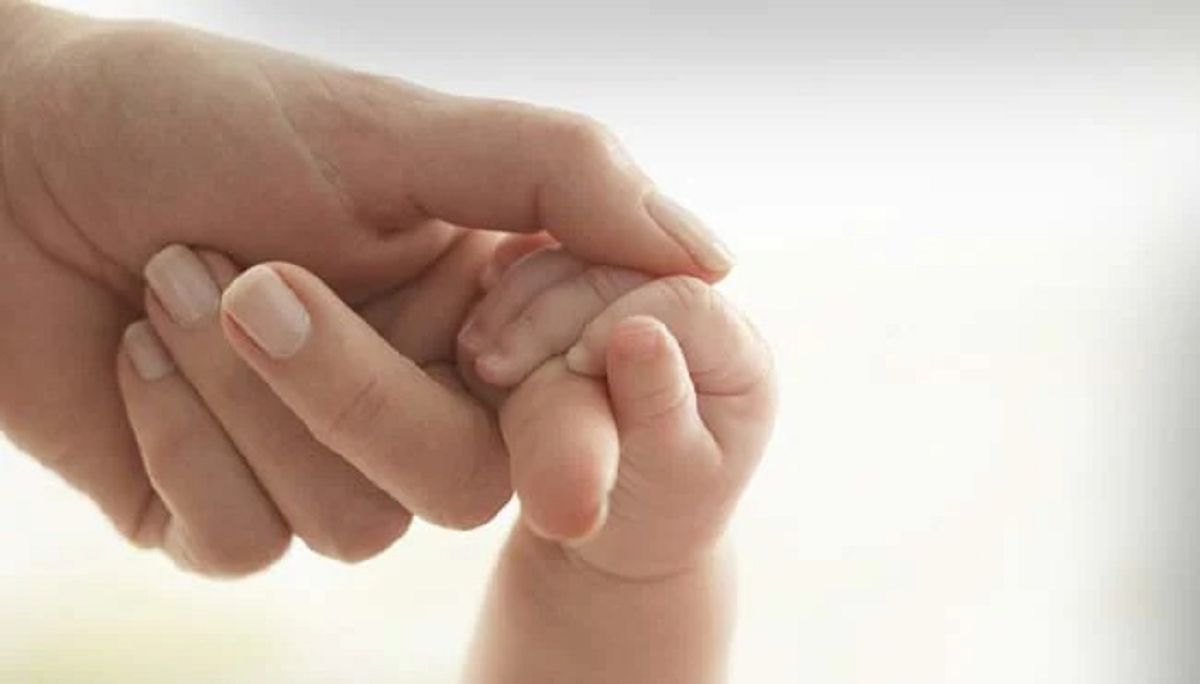The New England Journal of Medicine has released two articles regarding a revolutionary fertility treatment known as mitochondrial donation, which has assisted 22 women carrying defective genes that could otherwise transmit severe genetic disorders to their offspring. This method entails the creation of an embryo utilizing DNA from three individuals: nuclear DNA from the prospective mother and father, along with healthy mitochondrial DNA sourced from a donor egg. During the parliamentary discussions preceding The Human Fertilisation and Embryology Regulations in 2015, there were apprehensions regarding the procedure’s efficacy and its possible side effects.
The announcement that this innovation has resulted in the birth of eight seemingly healthy children signifies a significant scientific milestone for the UK; however, questions regarding the findings remain. Firstly, why has there been such a delay in providing updates on the application of this technology, including its results and limitations? Transparency ought to be a fundamental principle in a nation aspiring to be a frontrunner in reproductive and genomic medicine. Secondly, the importance of these findings sharply contrasts with the anticipated figure of 150 babies per year expected to be born through this technique. Thirdly, is this technology sufficiently safe? It has been proposed that it may be beneficial to trial this technology on women experiencing fertility issues who do not possess mitochondrial diseases to gain a clearer understanding of the risks associated with the defective mitochondria reemerging.



